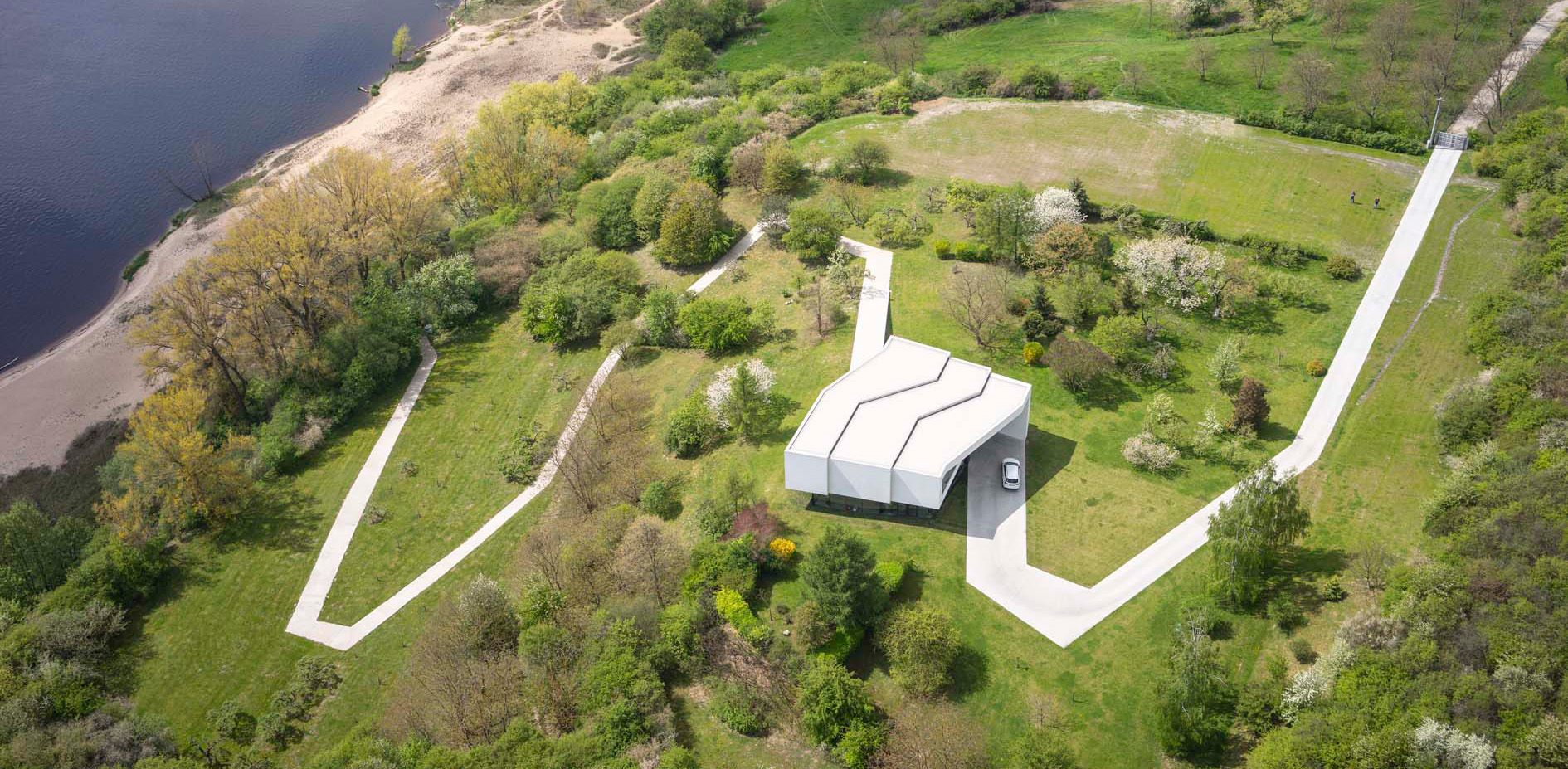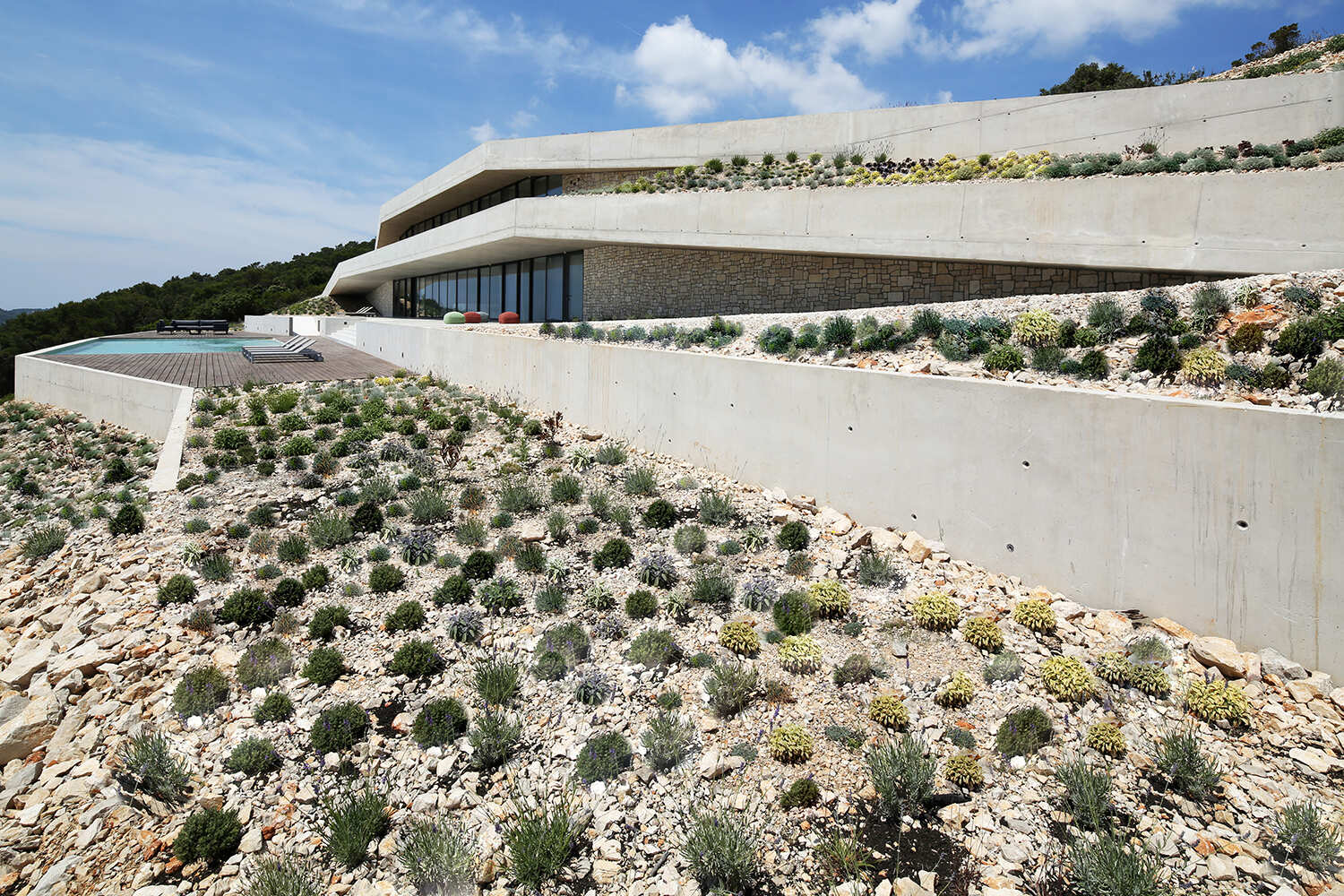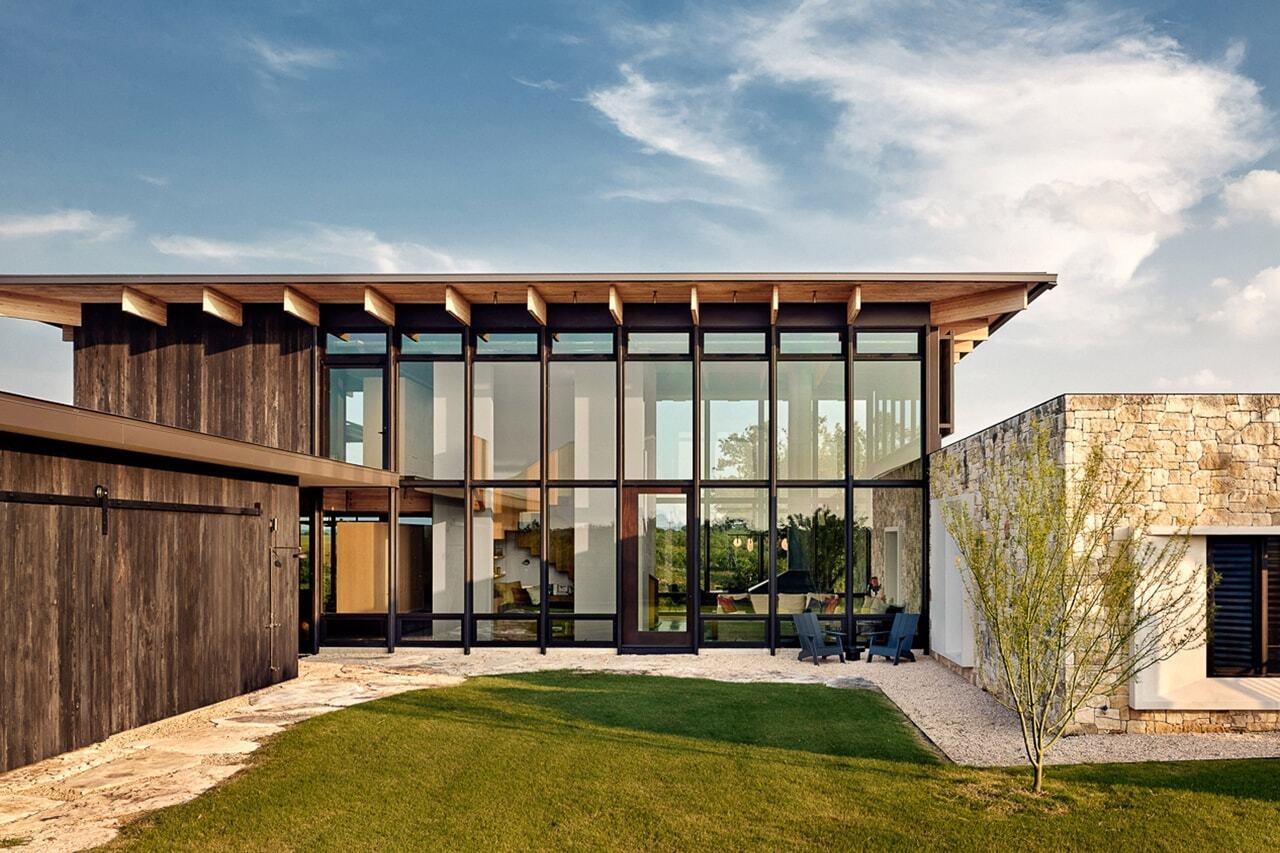Iwan Baan photos reveal "unevenness in the rate of recovery" following LA fires


Photographer Iwan Baan has captured the extent of damage and the ongoing reconstruction efforts in the Pacific Palisades neighbourhood nearly six months after wildfires destroyed much of the area.
The photographs show entire blocks in the area without houses and in various states of redevelopment after the Pacific Palisades fire in January, one of several fires that destroyed more than 15,000 structures and killed at least 30 people.
Taken from the air, Baan's photographs showcase the extent of damage and the progress towards cleanup and decontamination taken in the months since the wildfires.

Architect and UCLA adjunct professor Jeffrey Inaba, who collaborated with Baan and others in assessing the geography and fire patterns in the area, told Dezeen that the photographs show "unevenness", both in the fire pattern and in the pattern of redevelopment.
"It's pretty shocking to see [the photographs]," he said, "I didn't realize the extent of the damage to the Palisades."
"There's an unevenness in terms of the areas that burned," he continued. "There's an unevenness then in terms of the toxicity of the area and therefore, an unevenness in the rate of recovery."

Inaba pointed to the unpredictability of the path of the fire. He said that instead of burning in a linear path, the fire spread due to high winds spreading embers that were then sucked up into houses, often through intake vents and eaves.
This means that the fire spread unevenly, and Inaba said while fireproofing played a role in what burnt and what didn't, the path of the fire was largely "arbitrary".

"When you have super high wind conditions, fires are going to behave in ways that are different from what is typically anticipated," said Inaba, adding that people cannot assume topography itself will be the deciding factor in terms of damage.
The severity and randomness of the fire seemed to leave some homes unscathed, even in the middle of almost complete destruction.

However, Inaba expressed the need for remediation in some of these areas.
"While there might be a sense of good luck when a house doesn't burn, the big challenge is how the neighbourhood is remediated in order for a person to resume living there," he said.

Since the fire, the Army Corps of Engineers has cleared much of the debris away. However, the photographs show some sections still covered with rubble from the fires.
Inaba attributed this to the differences in insurance claims between different property owners.
"Those that were still working with their insurers on the payout decided not to demolish because they wanted to make sure that it was clear what was there so that they could settle," he said.
In some places, the photos show some of the homes already in a process of rebuilding, likely having received expedited permits from the city granted under emergency measures.

These houses are often built in the same way with the same materials because of insurance reimbursements being commensurate with the preexisting structure.
However, Inaba hopes that the severity of the fires will serve as a "wake-up call" for neighbourhoods to work together to further fireproof homes and include firebreaking features such as protective walls and improved intake systems.
While not necessarily a method for burn prevention, Inaba also noted the importance of greenery, as trees often do not burn as easily as houses, and they can provide filtration for remediation after a fire.
Many trees remain standing and much of the greenery on the surrounding hills has regrown.
In rebuilding, neighbourhoods could rethink the layouts of their locales, implementing parks and other potential buffers that would double as amenities.

Inaba wondered if "organization of landscape could be something that defines the urban patterns of development" in the future, drawing on the strong tradition of indoor-outdoor living in the city. Though, Inaba noted a "lack of appetite" to use private land in the "large-scale replanning of the area".
Overall, the future of the neighbourhoods in areas that abut high-risk wilderness zones will come down to community organising to ensure both more landscape elements and better fireproofing.
"A neighbourhood either protects together or burns together," said Inaba. "And the more homes that are fire protected, the better," he said.
"Now, residents are informed, they're motivated, and there are a lot of groups that are self-organising in areas that interface with the wilderness."

Since the fires, the architecture and design community has been putting forth advice and recommendations for residents who lost their homes.
Multiple initiatives have followed the tragedy, including one to emulate the 20th-century Case Study house plan, with local architects working with developers to build forward-looking homes for affected locals.
The photography is by Iwan Baan.
The post Iwan Baan photos reveal "unevenness in the rate of recovery" following LA fires appeared first on Dezeen.





















































